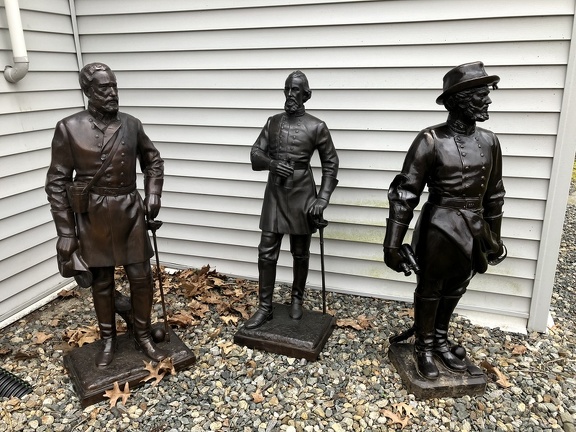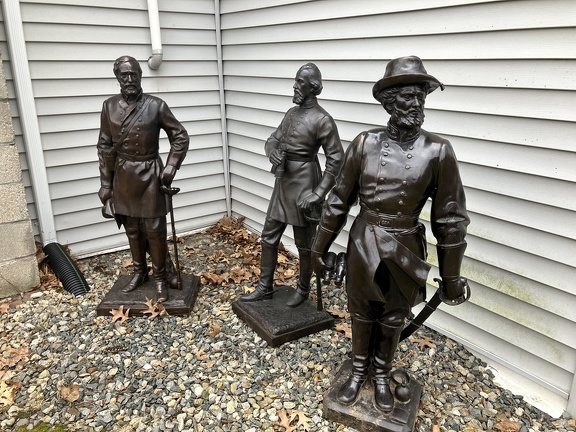Lately, I have been finding it difficult to go on.
I have been thinking about the idea that everyone has the right to their own perspective, their own viewpoint, their own feelings, their own emotions. Some people would argue that it makes no sense to say that a person’s feelings are wrong, or that someone has no right to feel angry or upset at a situation. According to this way of thinking, if a person is angry or upset at a situation, then they automatically have a right to feel that way, because that is the way that they feel. As a believer in objective moral truth, I am skeptical of this idea. I believe that if something is objectively not bad, then no one has the right to criticize it or feel any negative emotions about it, because to do so is to punish someone who has done nothing wrong.
But I digress. Regardless of which side is right in this philosophical debate, what has bothered me so much about the events of the past four and a half years is that people have not merely felt, or voiced, negative emotions about the historical figures that I love. They have enacted those feelings in ways that have involved the physical destruction of the historical figures. And regardless of one’s feelings about the historical figures that I love, regardless of what one thinks about their merit as historical figures, everyone should agree that physically eradicating historical figures from the earth is wrong. Everyone should agree that disliking someone does not give you the right to murder them.
Yet everyone, clearly, does not agree with this.
I’ve had to watch, through pictures, videos, news reports, and social media posts, the man that I love be strangled, lynched, beheaded, smashed to pieces, drowned, burned. I have had absolutely no power to stop this, to prevent it, to reverse it, to gain any sort of compensation or restitution for that harm that has been done to me. I don’t even have the power to voice my pain and be heard. Because no matter how hard I try, no matter many different ways of explaining I attempt, society refuses to recognize that any harm has been done to me at all. Whenever I try to express my viewpoint, to voice my grief and anger, to present any sort of argument for why what happened was wrong, I am met with insults and ridicule. People call me a racist, an idiot, a moron, say that I should be barred from public spaces, laugh in my face using Facebook’s hideous “laughing face” reaction. When I contact public officials, I am either ignored entirely, or lectured about how I am wrong, and how the murder of the man that I love was a good thing, and how I need to have more empathy for others and to educate myself about the harm caused. The fact that harm was caused to me by the murder of the man that I love is denied and disregarded. The idea of others actually having empathy for me is not even acknowledged as a possibility.
This is why I’m outraged upon coming across the following quote from Tim Walz: “How is it fair that you’re paying your taxes every year, and Donald Trump hasn’t paid any federal tax in the last 15 years?”
Walz’s sentiments are so lacking in empathy that it’s appalling.
After being forced to watch the man that I love be strangled, lynched, beheaded, smashed to pieces, drowned, and burned, dozens upon dozens of times, I don’t care a whit about how much tax money Donald Trump pays. What I care about is the man that I love, and the fact that he was murdered.
Tim Walz, in fact, made a deliberate decision to allow the man I love to be murdered. Tim Walz knew that a group of bigots and bullies were planning to lynch Christopher Columbus at the state capitol building in St. Paul, Minnesota on a particular day and at a particular time. And he ordered the state police to stand down, to do nothing, to make no attempt to stop the lynching. So the man that I love was lynched, brutally and excruciatingly, on the steps of the state capitol, as dozens of cops stood and watched. The images of the noose being tied around his neck, his metal body crashing to the ground, a bigot named Mike Forcia standing on Christopher’s pedestal and thrusting his arms into the air in sickening triumph, mindless bigots posing with their knees on Christopher’s neck as he lay pitifully face down on the ground, a line of cops standing at attention and doing absolutely nothing as these horrifying events took place, are indelibly seared into my mind. The excruciating agony will be with me forever. It burns my consciousness and torments my soul as I type this sentence.
But to Tim Walz, the lynching of the man that I love does not matter. It is not important, not a problem, not worth doing anything about. Tim Walz thinks that the amount of taxes paid by Donald Trump is more important than Christopher’s life, more important than the soul-crushing trauma and pain that I’ve been subjected to.
Lately, my mood has been low and down, my soul feels crushed, and everything feels heavy. For four and a half years I’ve lived with trauma that never goes away, that contaminates nearly every person, organization, place, and activity, that eats at my mind when I’m trying to fall asleep, that erupts into a volcano of anguish at the smallest reminder. And no one cares. Society thinks that the problem is me, that the man I love deserved to be murdered, that I am racist and bad for loving him, and that I need to change so that I’m not as upset about the fact that he was murdered. It’s difficult to imagine a path forward, a life that could be meaningful, given these circumstances.
Meanwhile, the people who lynched the man that I love have faced no negative consequences at all. Their needs are being met, just as they always have been. They haven’t suffered trauma. They are told that they are perfectly fine the way they are (righteous and honorable even, depending on who you ask), that they don’t need to change. They are able to live their lives, spend time with friends and family, love their romantic partners, raise their children, engage in their hobbies, and voice their views without criticism, without insults, without laughing face emojis. Tim Walz is able to campaign for Vice President of the United States with his wife and children by his side, participate in debates, speeches, and interviews on meaningless issues, and almost entirely avoid any accountability for his decision to facilitate the lynching of the man that I love.
In the eyes of society, the people who hurt me, the people who murdered the man that I love, hold the moral high ground. In the eyes of society, I am condemned as shameful, disgusting, and morally bad for having been hurt, and the man I love is ridiculed for having been murdered.
In other words, the person who has done nothing wrong in this situation bears 100% of the negative consequences, and the people who have done something wrong, by causing the horrible situation, bear 0% of the consequences.
Tim Walz, that’s what isn’t fair.


